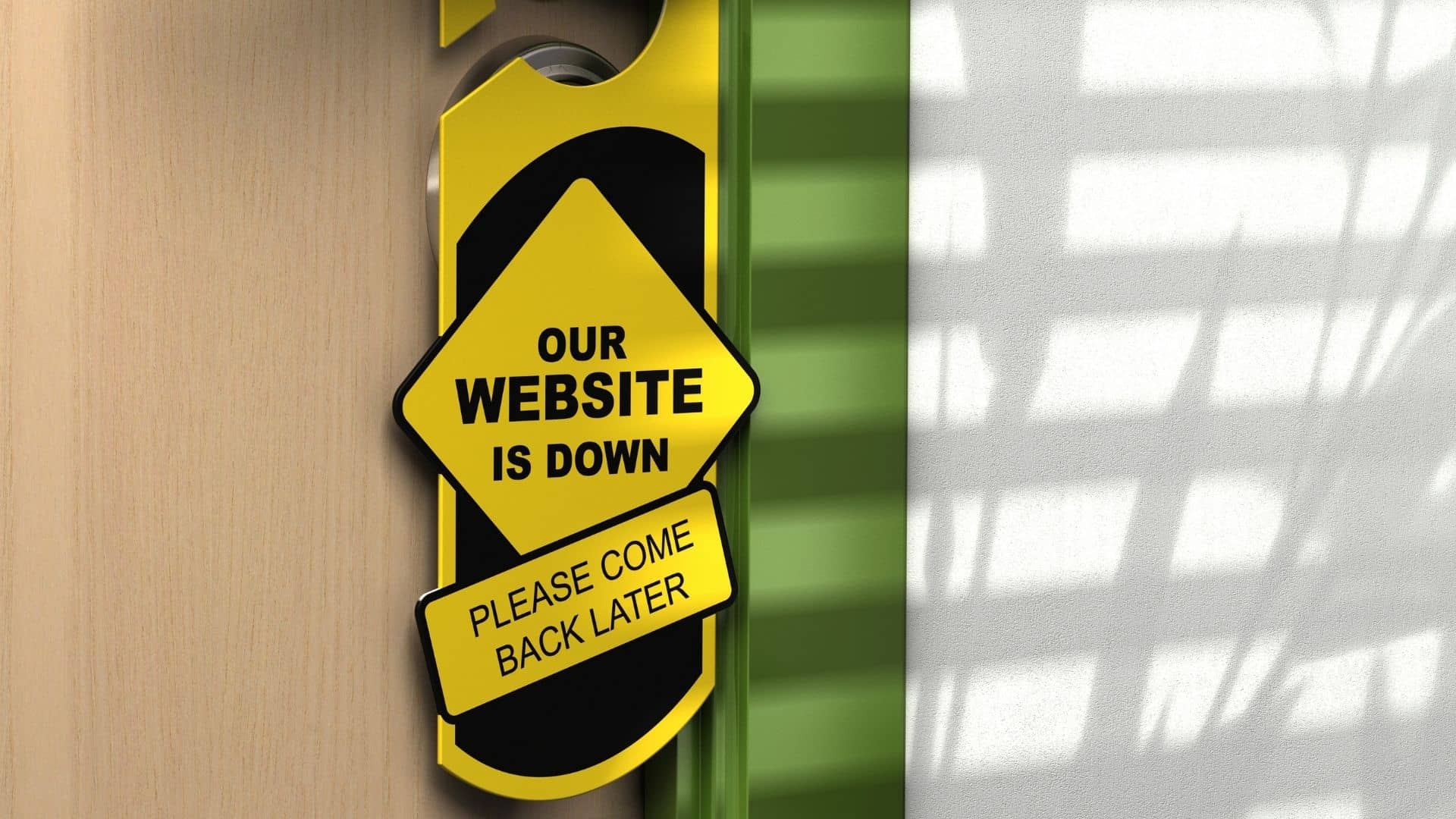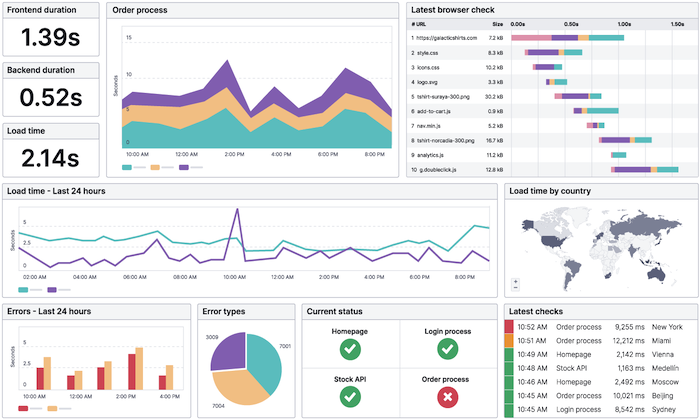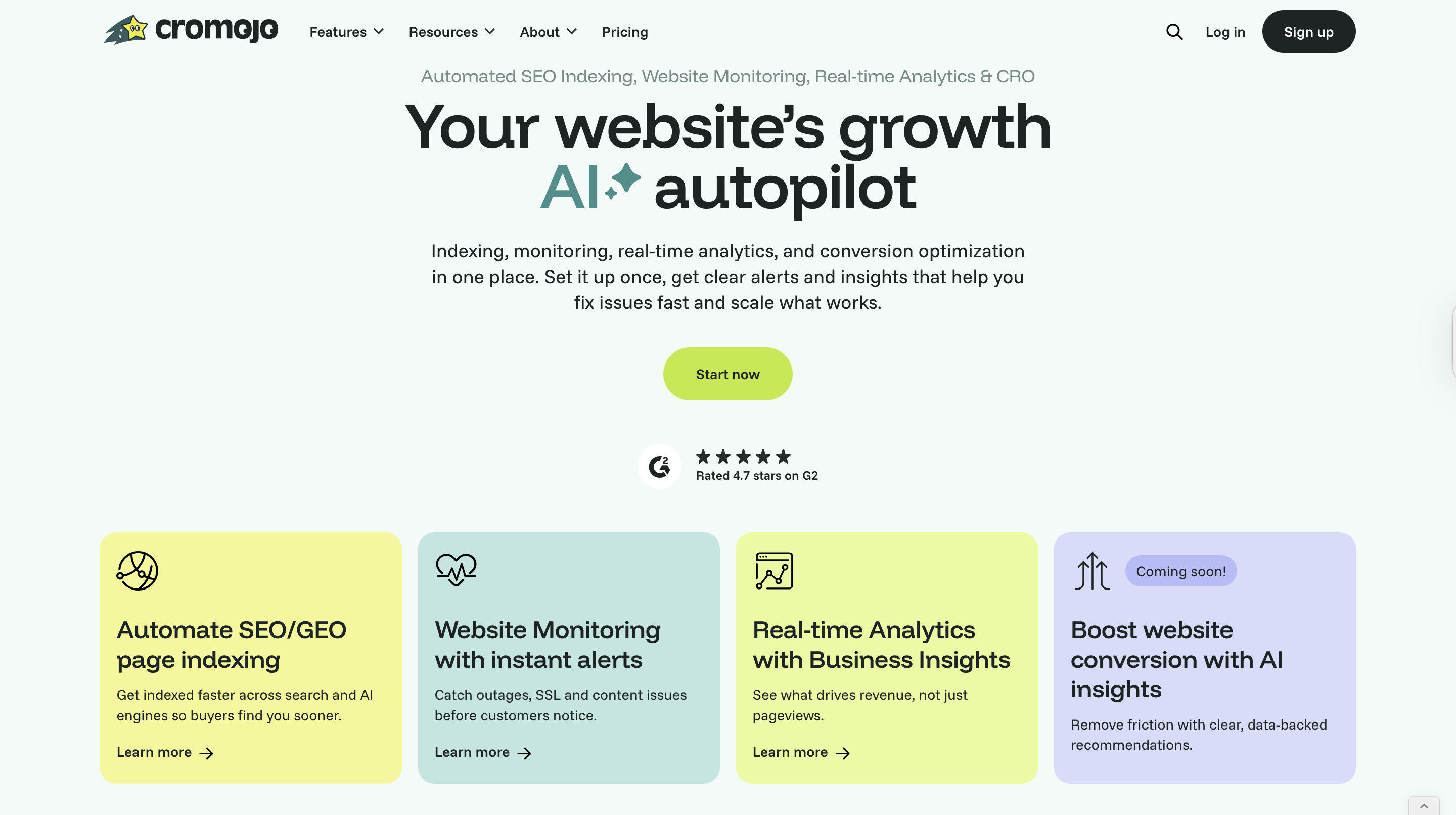In today’s digital world, a website serves as the primary gateway for customers to access your online services. When users visit your site, they quickly form opinions about your business based on one crucial factor: can they rely on your website to work every time they enter your URL? Website downtime directly impacts this reliability, shaping how users perceive your company and its professionalism.

Managing a website can be compared to the organization of body chromosomes within the cell nucleus. Just as body chromosomes are the main, identifiable chromosomal structures found in the nucleus of eukaryotic cells, the core components of your website are essential for its function. A chromosome is a thread-like structure located in the nucleus, composed of DNA and proteins, and plays a key role in genetic inheritance and cell division. The discovery of chromosomes was a milestone in understanding heredity, much like discovering the root causes of website downtime is crucial for maintaining reliability. At the end of each chromosome are telomeres, which act as protective caps, similar to how protective measures safeguard your website from threats. Chromosomes are found in the cell nucleus, just as critical website data is stored in secure locations. They contain genes, which are organized segments responsible for inheritance, paralleling the structured organization of website components. Key features such as centromeres are located at specific regions of the chromosome, much like important website elements are strategically placed for optimal performance. It was suggested by early scientists that each chromosome carries different genetic information, just as each website component has a unique function.
If your site loads pages quickly, allows users to complete actions seamlessly, and provides consistent results, customers naturally view your business as trustworthy and dependable. On the other hand, frequent downtime leads to frustration, doubt, and ultimately damages the trust customers have in your brand.
What is Website Downtime

Website downtime is the period when a website becomes inaccessible or unavailable to its users, disrupting the flow of online services and causing immediate frustration. This can happen for a variety of reasons, including server overload, scheduled maintenance, hacking attempts, or unexpected technical failures. For businesses, even a short period of downtime can result in a significant loss of revenue, damage to brand reputation, and a decline in customer satisfaction. In a world where users expect instant access to information and services, downtime means lost opportunities and eroded trust.
Just as the cell nucleus safeguards genetic material and ensures smooth cell division, a website must be carefully managed to maintain its integrity and availability. If the chromosomes within a cell are disrupted, the entire organism can suffer; similarly, if a website experiences downtime, the whole business process can be thrown off balance. That’s why it’s crucial for online services to prioritize uptime and reliability, ensuring that users can always access the site when they need it most.
How Reliability Shapes Customer Perception
Reliability is an important factor in shaping customer impressions of your website and business. While most visitors may forgive a small hiccup or a brief delay, they rarely forget recurring problems. Website downtime breaks the invisible contract between your company and its users. Customers expect your platform to be accessible at all times, ready to serve their needs without interruption. Every minute your site is offline plants a seed of doubt in their minds. This doubt quickly grows into negative assumptions: perhaps your product is unstable, or maybe the company behind it is unprepared or unreliable.

In this way, customers use website reliability as a proxy for overall quality. If the digital experience feels shaky or inconsistent, they assume other aspects of your business might be shaky too. This perception can be as damaging as actual technical issues because it affects how users engage with your brand beyond just the website itself. For businesses that rely on online services, maintaining a stable and accessible site is crucial to uphold a positive reputation and foster long-term customer loyalty.
How Trust Erodes After Repeated Downtime in Online Services
An isolated outage might be attributed to chance or unavoidable issues, such as a virus attack or a system overload caused by a sudden spike in traffic. However, repeated website downtime becomes a recognizable pattern, and patterns have a powerful effect on trust. When users encounter frequent problems accessing your site, they begin to hesitate before committing to your services. Many start exploring competitors’ platforms, trusted sites like Facebook, Twitter, or Reddit where they can find alternatives or social proof that reassures them.
Customers also become reluctant to share sensitive information, such as credit card details, or to complete purchases on a site perceived as unreliable. The erosion of trust is often subtle and hard to detect initially. You might not notice the impact until key performance indicators fall: conversion rates decline, session durations shorten, and customer feedback shifts from curiosity or positivity to frustration and wariness. Trust is slow to build but quick to lose, so every instance of downtime must be taken seriously to prevent long-term damage to your brand’s reputation.
Best Practices for Crisis Communication

When website downtime strikes, communication becomes your most powerful tool to maintain and even rebuild customer trust. Silence during an outage is damaging because customers naturally assume the worst if they do not know what is happening. To manage this critical time effectively, consider implementing the following best practices:
- Acknowledge the issue early. Even if you do not have all the details yet, showing awareness reassures users that you are actively addressing the problem.
- Share only confirmed information. Avoid speculation or making promises you cannot keep, as this can create unrealistic expectations and further frustration.
- Set clear expectations for updates. Providing consistent communication at set intervals helps users feel informed and valued during the downtime.
- Use clear, simple language. Avoid technical jargon unless your audience is highly technical, ensuring that everyone understands the situation.
- Thank users for their patience. A simple expression of appreciation can reduce irritation and foster goodwill.
Handled well, your communication during an outage can actually strengthen customer loyalty by demonstrating transparency, respect, and a commitment to resolving the problem.
Monitoring and Maintenance
Effective monitoring and maintenance are the backbone of a reliable website. Regularly checking your website’s performance helps you spot potential problems before they escalate into full-blown downtime. Tools like Cromojo acts as vigilant monitors, constantly scanning your site for any signs of trouble and sending instant alerts if downtime is detected. This allows website owners to respond quickly and minimize disruption for users.

Routine maintenance tasks such as updating software, performing backups, and conducting security checks are just as important. These actions help prevent vulnerabilities and keep your website running smoothly. Think of it like the way bacteria and viruses have evolved complex systems to protect and replicate their genetic material; your website needs a similar level of care to avoid problems and maintain uptime. In every case, a proactive approach to monitoring and maintenance is essential to keep downtime at bay and ensure a seamless experience for your users.
Preventing Downtime
Preventing website downtime starts with anticipating potential problems and putting safeguards in place. Common causes of downtime include server overload, cyberattacks, and technical glitches. To address these risks, website owners should optimize their site’s code for efficiency, choose a reliable web hosting provider, and implement robust security measures like firewalls and intrusion detection systems. These steps help create a stable environment where users can access your website without interruption.

Having a backup plan is also critical. Just as organisms rely on chromosomes to preserve their genetic material and ensure proper function, your website needs backup systems to recover quickly in case something goes wrong. By regularly reviewing your processes and preparing for the unexpected, you can minimize the impact of downtime and provide a consistently positive experience for your users. Taking these proactive measures means your website is always in the right place at the right time, ready to serve your audience.
The Cromojo Benefits
This is where trusted monitoring tools like Cromojo bring real value to your website management strategy. Cromojo allows you to check the status of your website and individual pages, ensuring comprehensive monitoring. It can monitor the full page load and status, not just the homepage. Cromojo provides real-time alerts and comprehensive visibility into your website’s uptime health, allowing you to know the moment website downtime begins. Instead of scrambling blindly to investigate the problem, you gain clarity quickly through accurate data. This enables you to communicate with customers in a calm, confident way because you have verified information at your fingertips.

Using Cromojo to monitor your site means you can shift from a reactive approach to a transparent one. Cromojo helps keep your teams and stakeholders in the loop with real-time alerts and updates. This change significantly influences how customers perceive the incident, showing that you are proactive and committed to maintaining a reliable online presence. With features designed to detect early warning signs and prevent downtime loops, Cromojo empowers you to protect your site’s availability and your brand’s reputation in the competitive world of online services.
Signing up for Cromojo is easy and frictionless, with no credit card required for the initial trial or onboarding.
Post-Incident Recovery and Trust Rebuilding Tips
Once the downtime issue is resolved, the recovery phase becomes just as important as the fix itself. Taking the right steps after an outage helps rebuild trust and demonstrates your commitment to reliability:
- Share a short post-incident summary. Users appreciate honesty and want to understand what caused the problem.
- Explain the steps you are taking to prevent repeat issues. Whether it involves upgrading your monitoring system, improving load management, or addressing underlying technical problems, transparency about your process matters.
- Review and enhance your monitoring setup. Tools like Cromojo help you catch early warning signs and avoid future downtime loops.
- Reach out to affected customers personally. If the outage impacted transactions or access, direct communication shows you care about their experience.
- Track customer sentiment and continue communicating improvements. Ongoing engagement reassures users that you take their trust seriously.
Recovery is not about achieving perfection but about demonstrating that you are learning from the incident and committed to doing better. By following these steps, you can turn a challenging downtime event into an opportunity to strengthen your relationship with customers and protect your brand’s reputation in the world of online services.
Conclusion and Future Steps
In conclusion, website downtime poses serious risks for online services, from revenue loss to lasting damage to your brand’s reputation. The key to preventing these problems lies in regular monitoring, proactive maintenance, and the use of trusted tools that help you stay ahead of potential issues. As more businesses move online and users expect instant access to thousands of websites and services, the importance of uptime will only continue to grow.
Looking ahead, website owners should prioritize robust monitoring and maintenance strategies, leveraging solutions like Cromojo to keep their sites running smoothly. By listening to customer feedback, whether it comes through platforms like Facebook, Twitter, Reddit, or directly via your own site, you can identify areas for improvement and build a more resilient online presence. Together, we can create a world where users enjoy seamless access to the online services they rely on, and businesses thrive by earning and maintaining customer trust.
.png)
.png)


